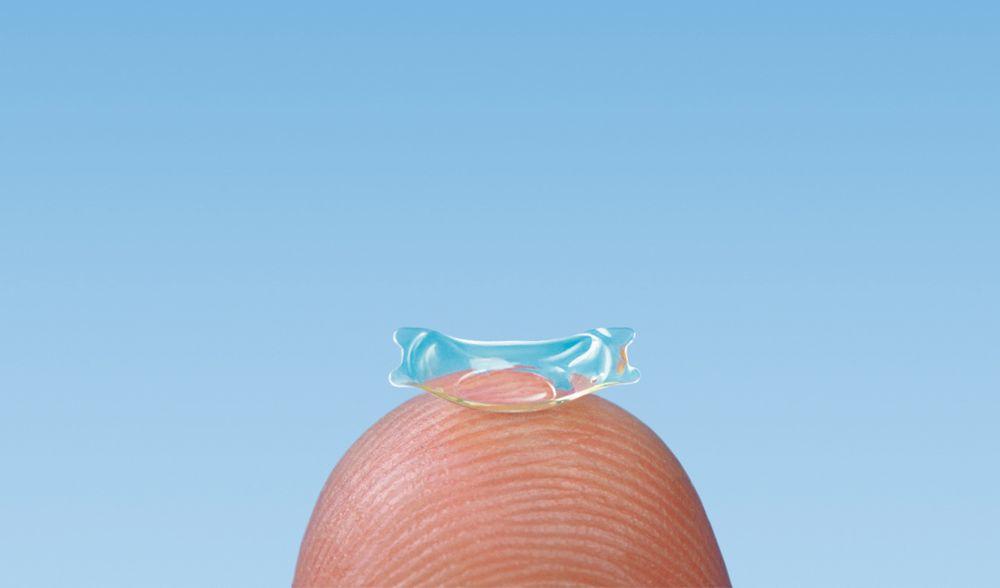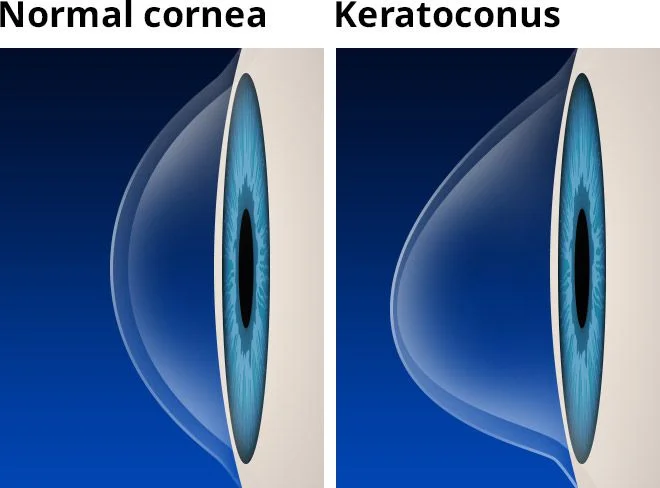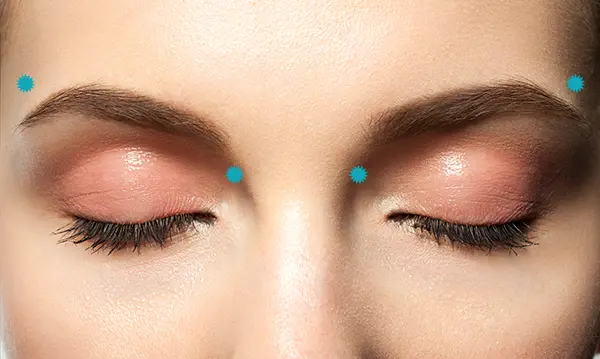
Students Reduce Myopia Starting from Small Daily Habits
Why Do Students Easily Become More Nearsighted? School myopia is not only caused by hereditary factors but also by long hours of studying, reading, and device use. Students often lean too close to books, sit in poor lighting, or spend excessive time on digital screens. These habits create constant strain on the eyes, causing them […]

7 Makeup Tips for People Who Wear Glasses to Stay Confident and Attractive
Introduction Many people think that wearing glasses makes the face less attractive and that makeup is hidden behind the frames. In reality, with just a few small adjustments, you can turn glasses into a stylish accessory while still keeping a charming look. Makeup for people who wear glasses is not only about choosing the right […]

Does Laser Eye Surgery Leave Corneal Scars?
Introduction Refractive surgery has long been considered a modern solution for millions of people who wish to free themselves from glasses or contact lenses. With the rapid development of medical technology, many patients are curious about safety and particularly worry about whether surgery could leave behind corneal scars. This is an important concern, as the […]

10 Advantages of Phakic ICL Surgery, Comparisons, and Disadvantages
Introduction Phakic ICL surgery (Implantable Collamer Lens) is a breakthrough in correcting refractive errors such as myopia, astigmatism, and hyperopia. Unlike LASIK or PRK, which reshape the cornea, Phakic ICL places a biocompatible Collamer lens inside the eye, positioned between the iris and the natural crystalline lens, improving vision without damaging the cornea. With millions […]

Common Dangerous Eye Diseases in the Elderly
Introduction to Common Eye Diseases As age advances, the body gradually weakens and the eyes are no exception. The World Health Organization (WHO) reports that more than 65% of blindness cases worldwide originate from eye diseases occurring in individuals over 50 years old. The natural aging process makes the eyes more vulnerable and prone to […]

Is Astigmatism Both Nearsightedness and Farsightedness?
Introduction Astigmatism is one of the most common refractive errors, yet it is also one of the most misunderstood. Many people assume that it is simply a combination of myopia (nearsightedness) and hyperopia (farsightedness), but this is not correct. In fact, this condition is independent, arising when the cornea or the crystalline lens of the […]

7 Eye Exercises for Astigmatism to Help Slow Progression at Home
Introduction Astigmatism occurs when the cornea or lens has an irregular curvature, causing light to focus unevenly on the retina. People with astigmatism often see blurred, distorted, or stretched images. This refractive error commonly accompanies myopia or hyperopia. The causes of astigmatism may include heredity, keratoconus, eye trauma, surgical complications, or corneal degeneration over time. […]

Why Does Eye Twitching Happen? Causes, Classifications, and Treatment Options
Why Do Your Eyes Twitch? Causes, Types, and Treatment Solutions Eye twitching, also known medically as blepharospasm, involves involuntary, repeated contractions of the eyelid or surrounding muscles. While most cases are harmless, persistent or severe twitching may signal an underlying neurological or ocular condition. Understanding the causes, classifications, and treatments helps protect vision and quality […]

Does Phakic ICL Surgery Lead to Myopia Recurrence? Insights from Experts
Introduction In recent years, Phakic ICL (Implantable Collamer Lens) surgery has become a leading solution for correcting refractive errors in patients with severe myopia, hyperopia, and astigmatism. However, many patients still wonder: “Does Phakic ICL surgery cause regression or myopia recurrence?” To answer this question, we need to understand the mechanism of the ICL lens, […]

What Is Thin Cornea? Causes and Symptoms
Introduction The cornea is the transparent tissue at the front of the eye. It acts like a “window” that lets light in and helps focus images sharply on the retina. Normally, the average corneal thickness is about 500–550 micrometers. When the thickness is below this range, the condition is called a thin cornea. A thin […]

 vi
vi